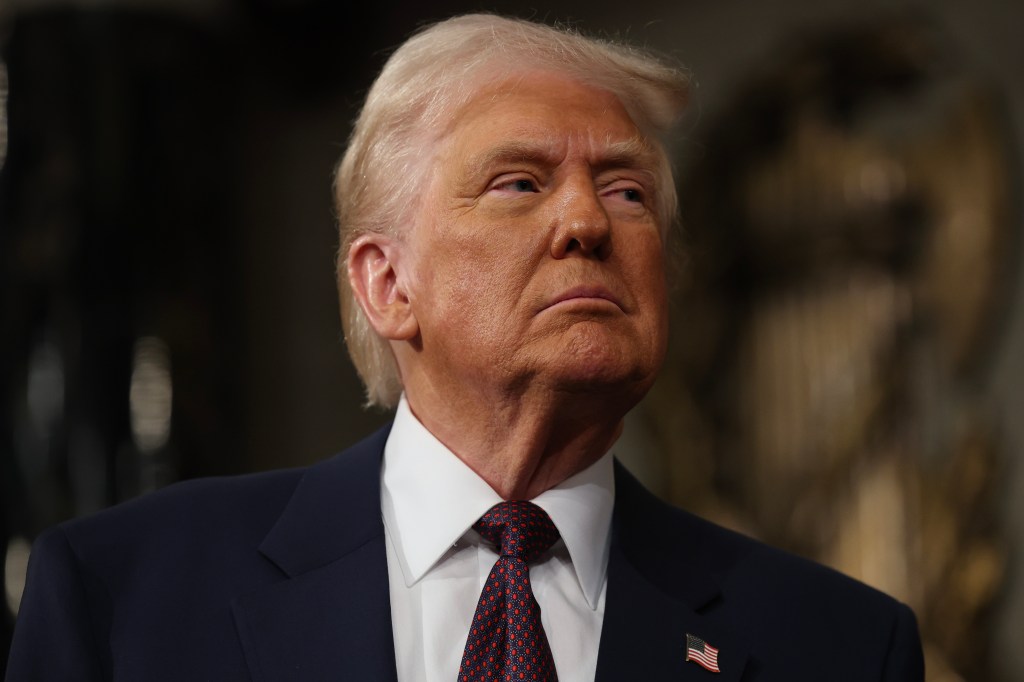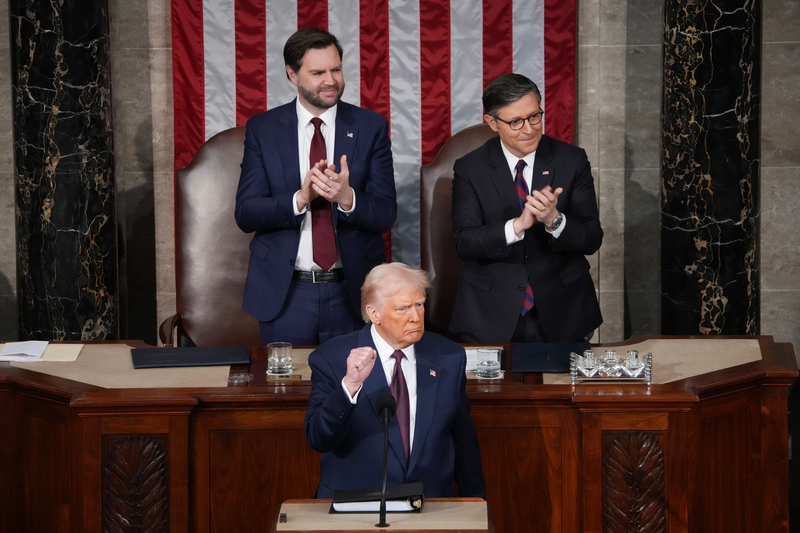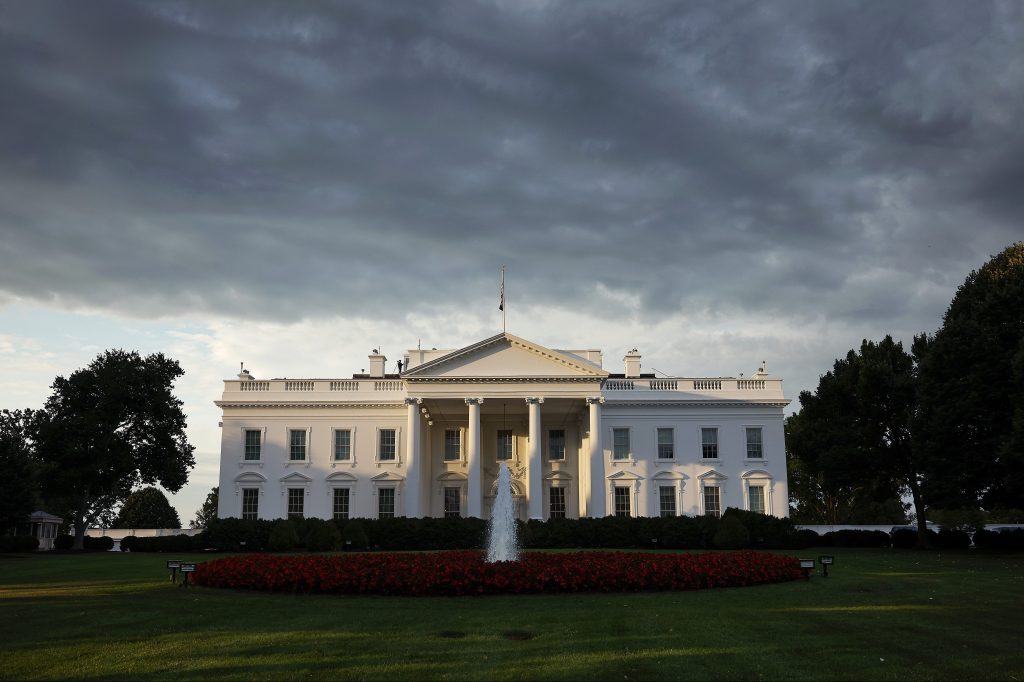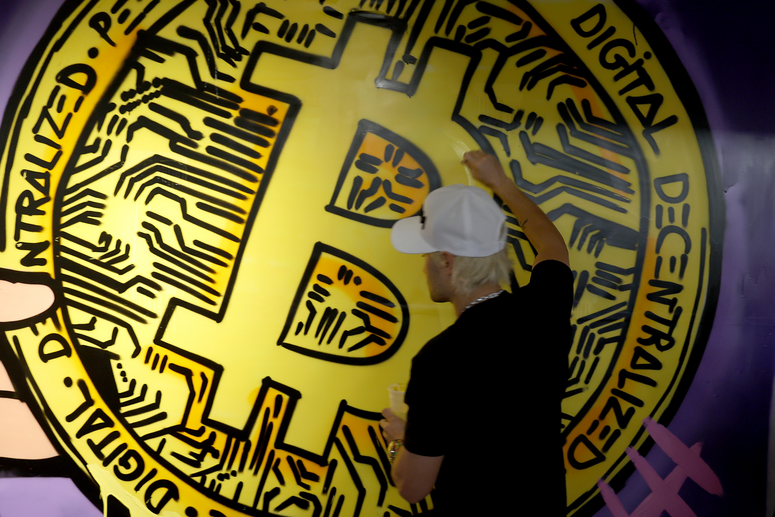A recent report written by senior economists at the Bank for International settlements (BIS) looks at the evolution of the stablecoin market over the past decade and examines whether stablecoins have stayed true to their name in terms of being stable.
The report asked four questions:
- Are stablecoins able to maintain parity with their peg?
- Are stablecoins stable?
- How are stablecoins backed?
- What are stablecoins used for?
Sovereign currencies
Stablecoins have been seen as an alternative form of payment that aim (or claim, as the report says) value relative to a specified peg. This peg can be one specific asset or a basket of assets. The majority of stablecoins have been pegged to a single asset, usually sovereign currencies such as the US dollar or euro, or commodities such as gold.
Stablecoins have generally been less volatile than traditional cryptos but “not one of them has been able to maintain parity with its peg at all times” the report said.
There is no guarantee that stablecoin issuers could redeem users’ stablecoins in full and on demand. According to the report, this means that the stablecoins which are currently in circulation do not meet the key criteria for being “a safe store of value” and “a trustworthy means of payment” in the real economy.
Also, “to serve as a medium of exchange, they must also be able to maintain their peg during the day,” something which the report said does not happen consistently enough.
Rob Mason, Global Relay’s Director of Regulatory Intelligence said: “Generally in their infancy, this report highlights many of the weaker aspects of the whole crypto payment framework as well as the coins’ ability to maintain pegged value and reasonable stability.”
Market stablity
The growth of the stablecoin market came to a halt in the first half of May 2022 when the crypto ecosystem was shaken up by the crash of various cryptoassets. The report cited the TerraUSD crash as the cause of unbacked stablecoins losing almost all of their value. It also undercut the market capitalisation of fiat-backed and crypto-backed stablecoins.
“Overall, by the end of September 2022, the total market capitalisation of stablecoins had shrunk by more than a fifth to $151.4 billion”, the report said. The bankruptcy filing of FTX in November 2022 accelerated the declining trend. In March 2023, the stablecoin market was further hit by the closure of Silicon Valley Bank.
Mason added: “Generally stablecoins are susceptible to idiosyncratic price moves and volatility … which mean they remain reputationally highly risky investments (at best!)”
The degree of transparency on the asserted availability and composition of backing reserves varies by the type of stablecoin. At the end of September 2023, the report found all issuers of the largest fiat-backed and commodity-backed stablecoins had published information about the composition of their backing reserves. In contrast, the majority of crypto-backed stablecoins “are opaque on the size and breakdown of their reserves”, the report said.
How stablecoins are used
A recent BIS survey shows that, to date, stablecoins are seldom used for payments outside the crypto ecosystem.
“For stablecoins to be able to used as a means of exchange they should be able to maintain their value during the day”, said senior economists at BIS. “Not one of the stablecoins assessed in this paper has been able to maintain their closing prices prices in parity with their peg”.
Moody’s Analytics also published an article that said at least 609 fiat-backed stablecoins have lost par with the asset they were pegged to.
To address the challenges related to stablecoins, the report warned that “regulation alone may not be sufficient”. Further issues highlighted in the report include: competition, consumer protection, data privacy and anti-money laundering/combating the financing of terrorism.
China, Qatar, Saudi Arabia
Furthermore, the report found that not all jurisdictions will seek to regulate stablecoins. There are divergent policy approaches to stablecoins across jurisdictions: some countries, including China, Qatar and Saudi Arabia (PwC Global Crypto Regulation report), have made it clear that they will not accept stablecoins because of the potential risks to monetary sovereignty, financial stability and seigniorage income.
Others choose to regulate stablecoins to address these risks, acknowledging the potential roles that stablecoins and their underlying technology could play in future payment ecosystems in their jurisdictions.
Mason said: “Conventional regulatory approaches are struggling to manage the risk and some more tailor-made rulebooks will need to be considered.
“Some time will need to elapse for the market to mature without another scandal or material fraud, but I would say that until you can pay your taxes with them, the same issues will prevail … “













